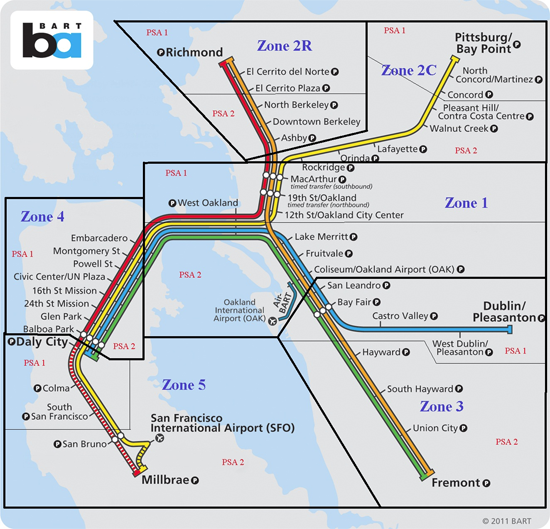Are There Profits in YouTube Stars?
J Thoendell stashed this in Tech
Source: http://nymag.com/daily/intelligencer/201...
The answer to whether YouTube will turn the financial corner rests not with its decision-makers in San Bruno, but with the millions of creators out there powering up their cameras. While rivals Amazon and Netflix rely on a license-based model and have roped in traditional talent to create original TV shows for their platforms, YouTube’s DNA is different. For all of its vast scale and seemingly unlimited resources, the company is strangely powerless when it comes to the content that makes it run. “At YouTube we have a core belief,” a company official wrote in a blog post in late April. “We only succeed if our creators do.” In that way, the YouTube Space is an outgrowth of the paradox at the heart of the YouTube phenomenon: The company’s prospects depend on manufacturing more and more content that seems unmanufactured.
**
YouTube’s revenue model is pretty straightforward. Though the company has floated the idea of offering a paid membership service, the bulk of its business still comes from embedded advertising. According to reports, YouTube takes a roughly 45 percent cut of ad revenue generated from creators who opt into its monetization program. Different ad formats — skippable versus non-skippable, pre-roll versus clickable in-video banner — may command different rates, but the overarching calculus is that more clicks equal more dollars for both parties. According to recent estimates by marketing firm Outrigger Media for a story in Ad Age, the most-viewed food channel in March 2015, charliscraftykitchen, had more than 29 million views and could be earning its 8-year-old star (or her parents) as much as $127,000 per month, apart from YouTube’s share of the plunder.
But retaining and nurturing the viral talent that can lure ad dollars has proven tricky. Several years ago, the company decided that its future lay in building loyalty to specific YouTube “channels.” Rather than just going to YouTube to see the random clip your friend thought was funny, you’d subscribe (for free) to the channels of creators you liked. To promulgate that idea with users, YouTube spent $200 million in 2011–2012, creating and heavily publicizing more than 100 new channels, some from existing creators and some from brands like MotorTrend and celebrities like Sofia Vergara and Pharrell Williams. The company points to stats that it says prove the logic of the move: 86 percent of those channels are now in the top one percent of YouTube, the spokeswoman told me, and 80 percent of them are still actively uploading. But YouTube itself decided to back out of more than half of those channels only a year after launch, and within the industry and the tech press the initiative has been broadly panned as a failure. Meanwhile Netflix created House of Cards.
YouTube has periodically invested in publicity campaigns for top stars — including rounds of billboard ads and subway posters. Now, though, it’s trying again to make direct investments in creators. This time, they’ve decided not to create new channels, but to fund new shows from proven creators whose channels are already thriving, through an initiative called YouTube Originals. Two weeks ago the head of Originals announced the first round of investments in four shows aimed at younger audiences. To take one example: Smosh, a sketch-comedy duo, will create a new series in which the protagonists work “at a theme restaurant where out-of-control kids and crazy parents are all in a day’s work.” YouTube also announced that it would partner with AwesomenessTV, a tween-oriented content-production company with a popular channel, to produce feature films that will debut on YouTube ahead of other screens.
But it is hard to be confident in YouTube’s latest efforts to engineer viralness. Not only is the low-budget feel of YouTube videos clearly part of the appeal — to such an extent that companies like Colgate are now using YouTube stars in ads designed to look like homemade clips — but the alchemy of YouTube success on the platform seems to defy engineering. What executive could have predicted, say, that Michelle Phan, who has 7.6 million subscribers and was featured in a YouTube billboard blitz last year, would have built a global persona around looking into the mirror and talking about how to put on makeup? Or that Felix Kjellberg, a Swedish millennial who goes by the handle PewDiePie, would become the single most popular channel on YouTube by playing video games onscreen in front of a homemade green screen? His 36.5 million subscribers, whom he routinely addresses as his “bros,” outnumber the population of Canada by 1.4 million.
Stashed in: YouTube!, Monetization, Active Users, Viral Content, Microentertainment











10:01 AM May 11 2015